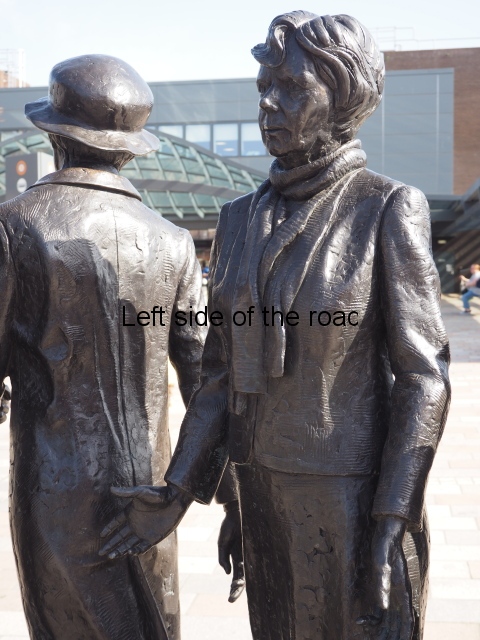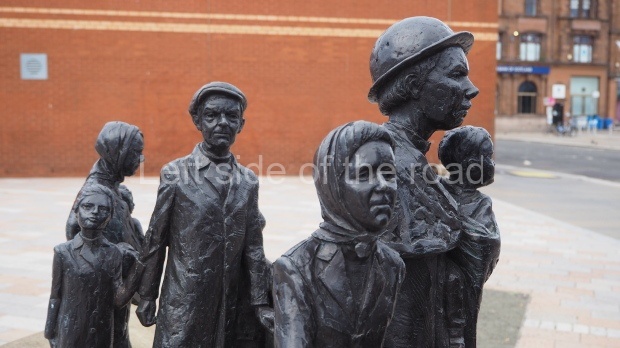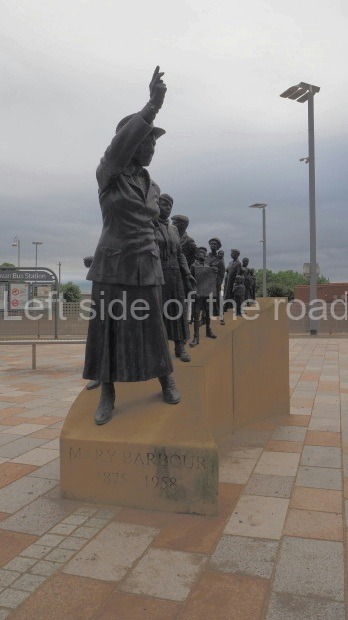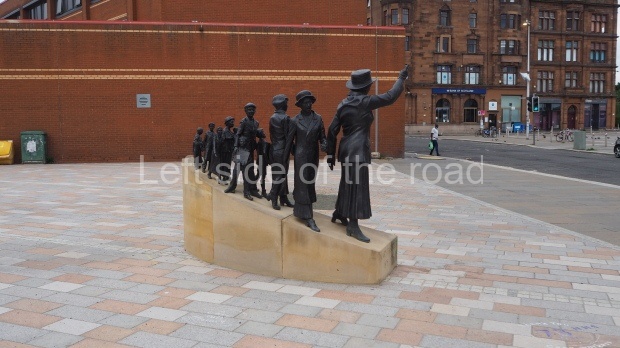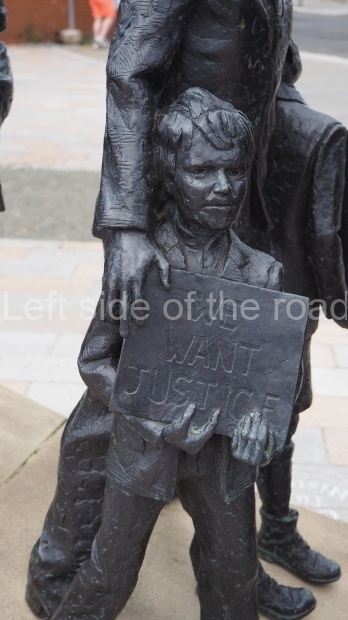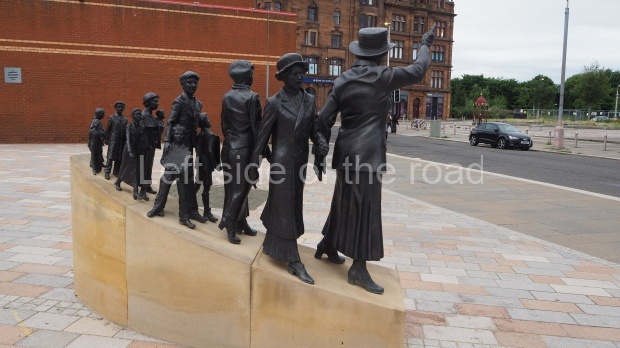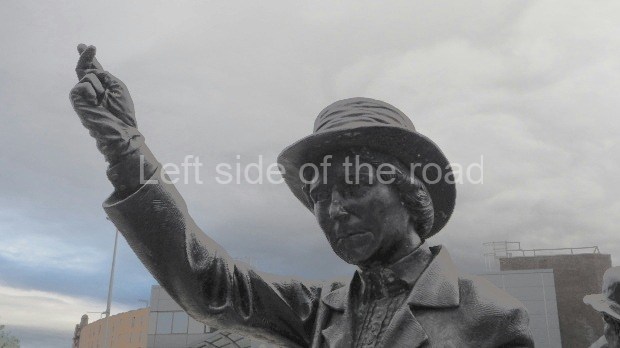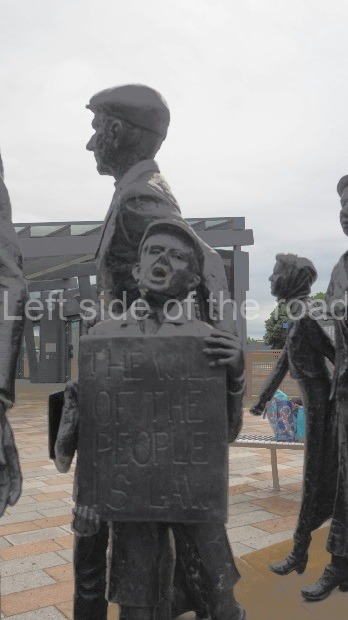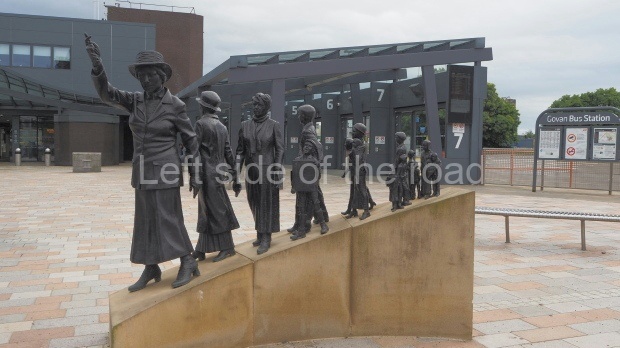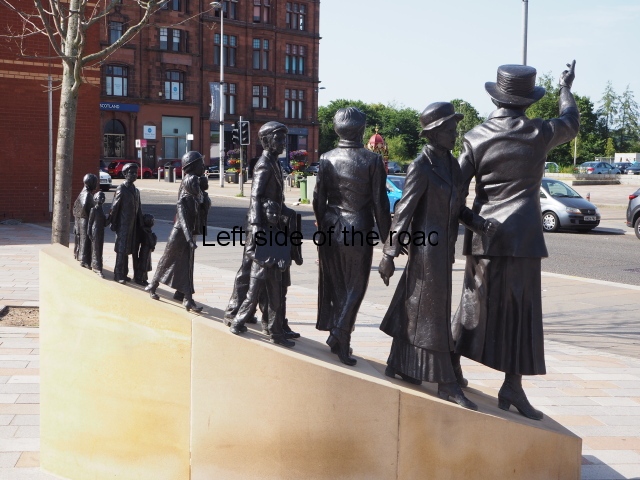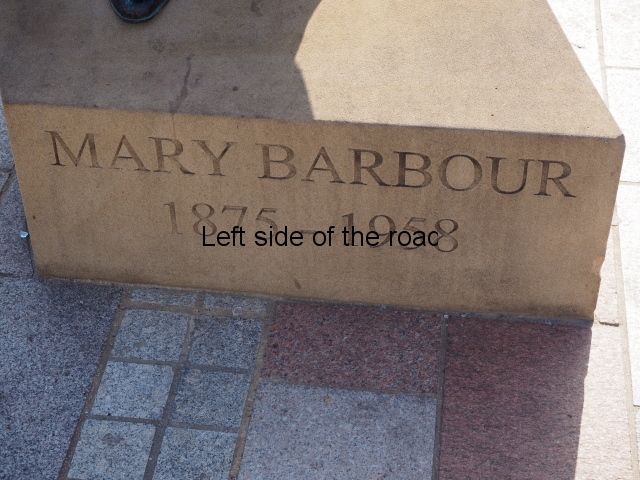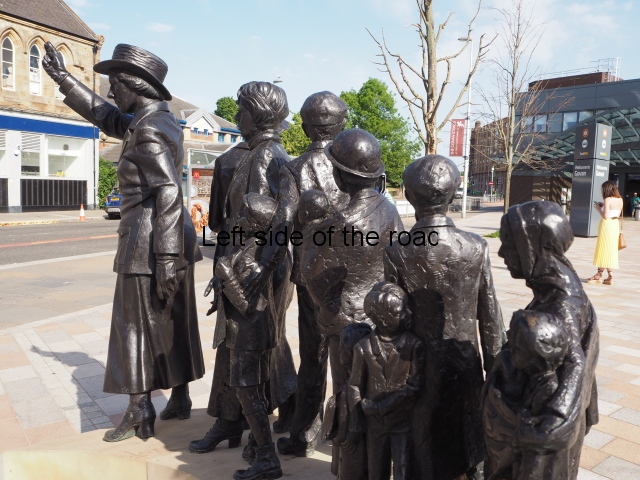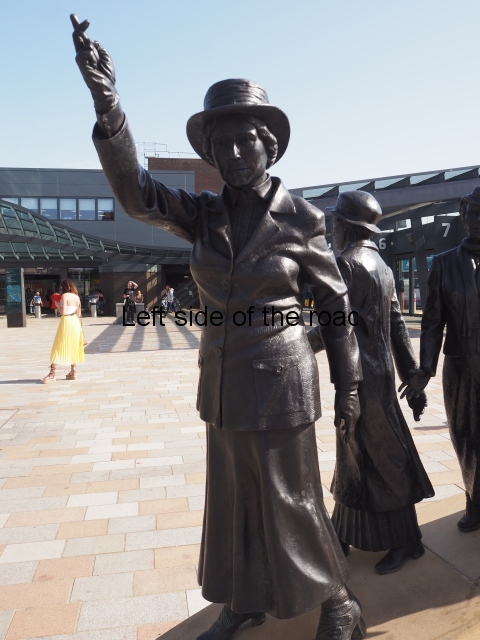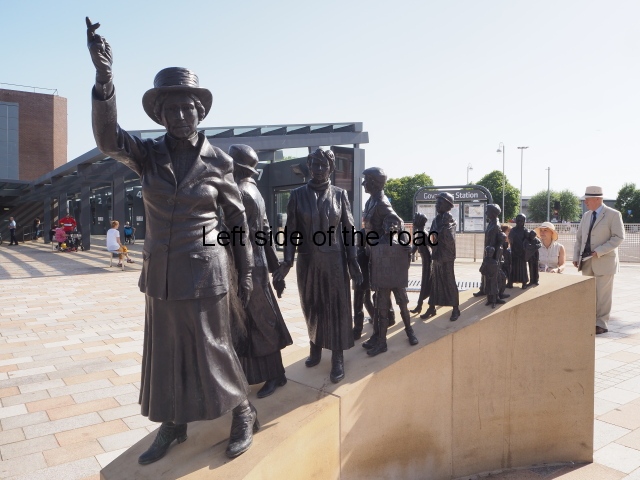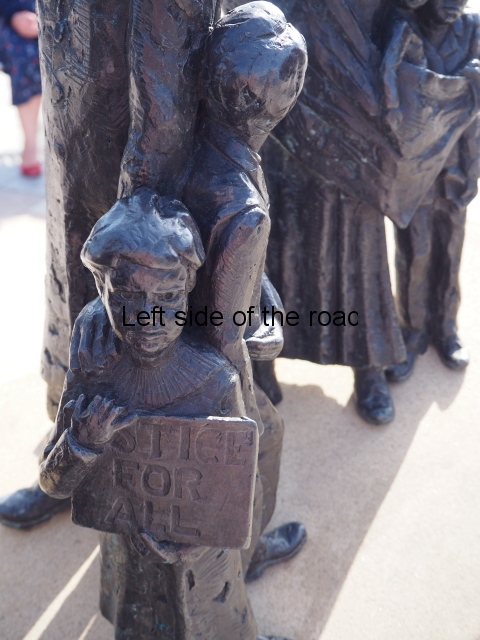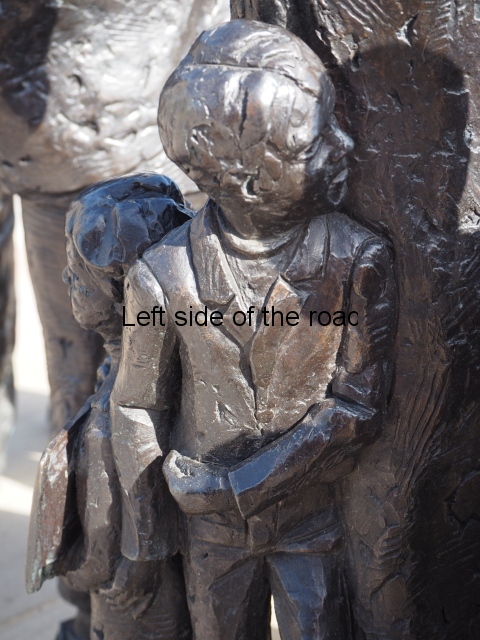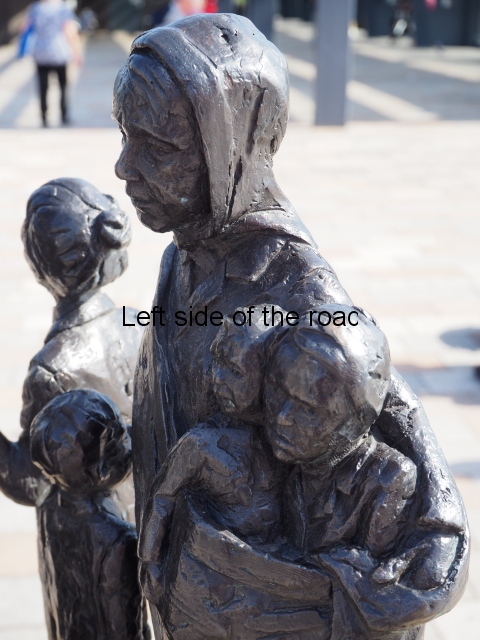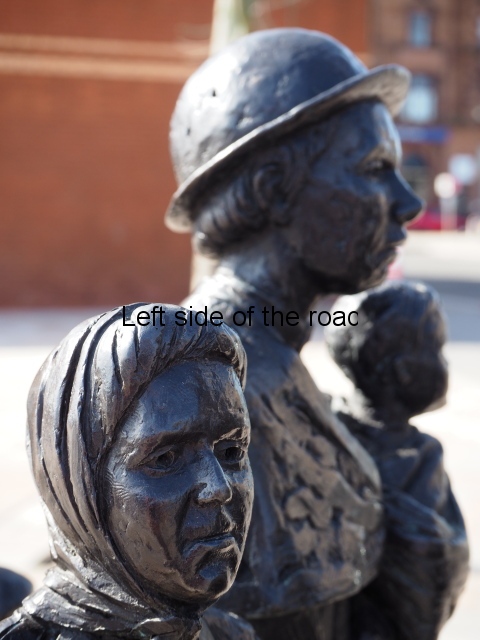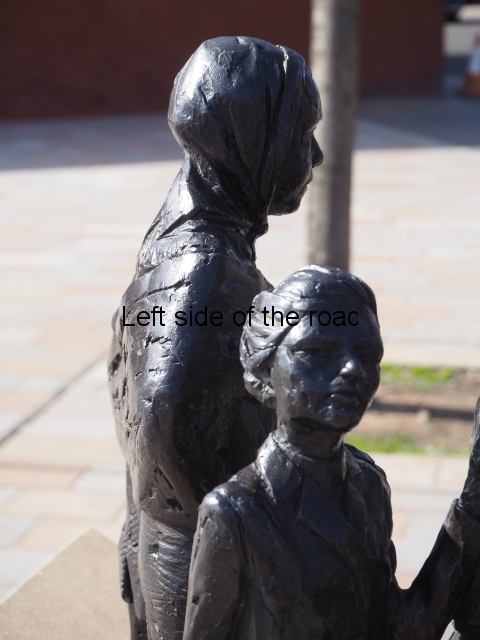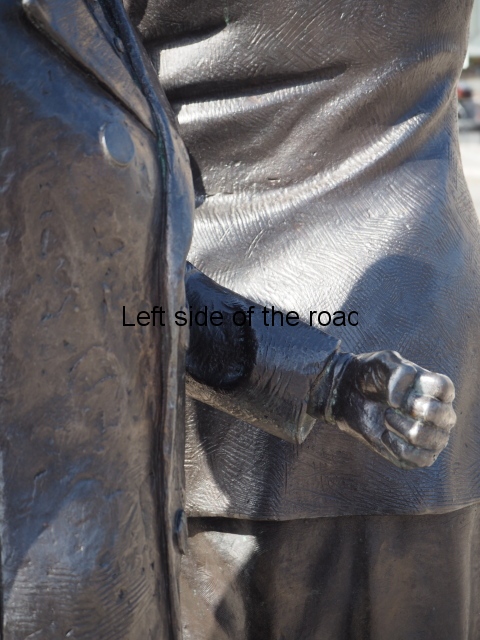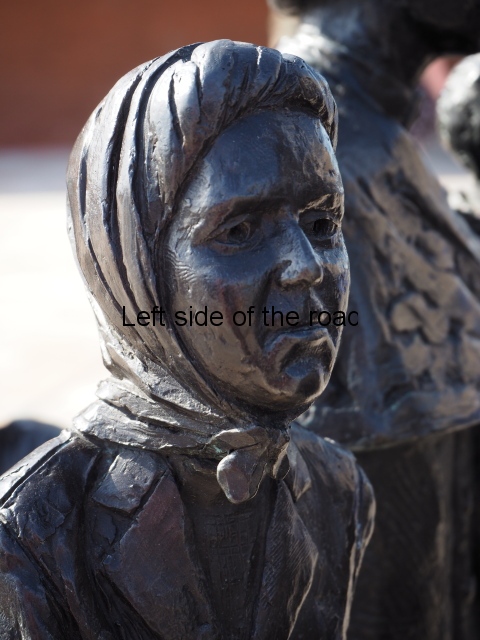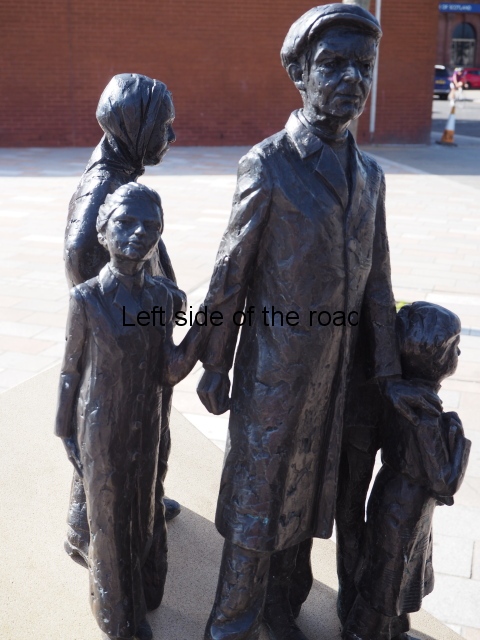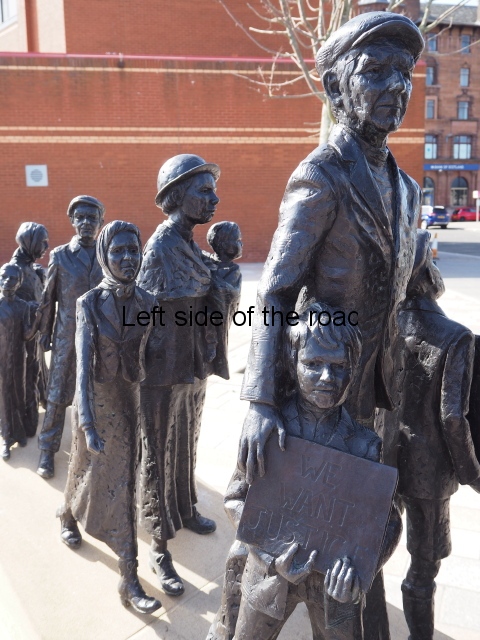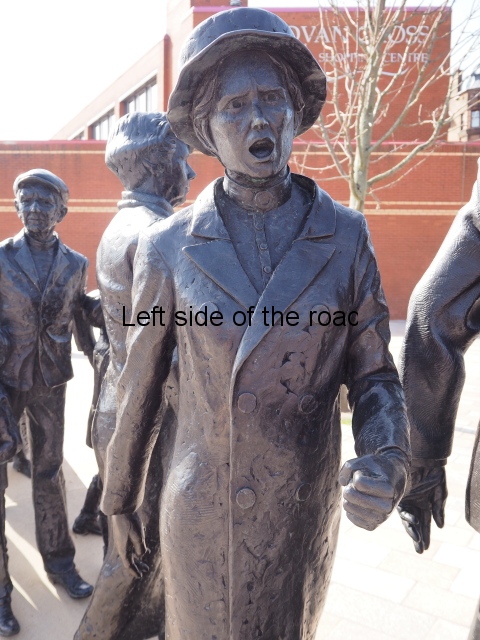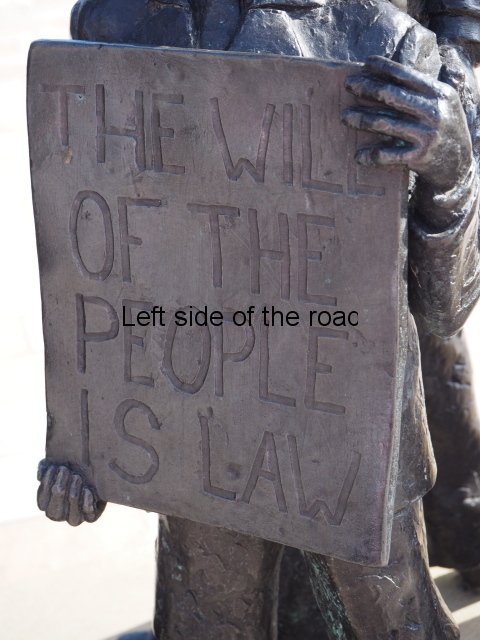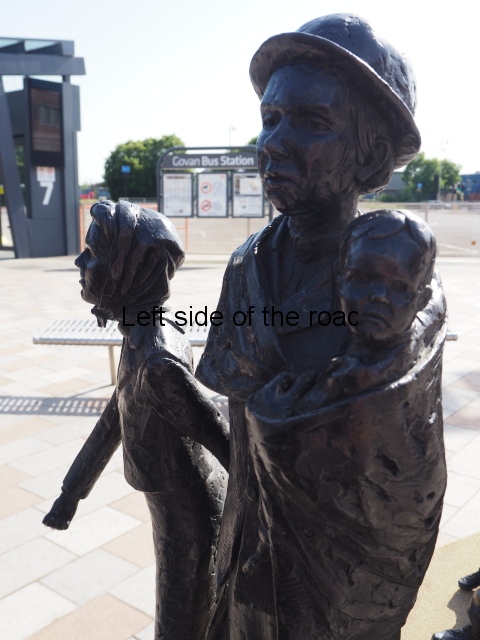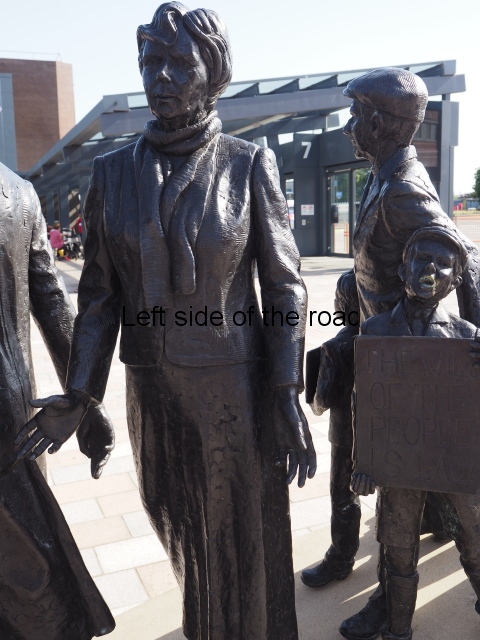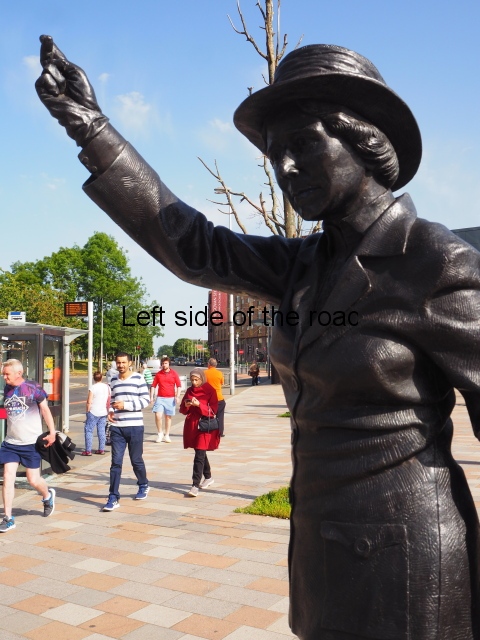
In recent years, Bill Gates has become one of the world’s most high-profile philanthropists. Credit: Stephen Voss/Getty Images
Ukraine – what you’re not told
Philanthropy is a scam
by Julieta Caldas
[This article first appeared on the Tribune website on 9th October 2021. It is being reproduced here (exactly as it appeared originally) as it makes some important points about the hypocritical society we have become, with its veneration of so-called ‘celebrities’ and blinding ourselves to the patently obvious – the rich have always, are now and will in the future do anything and everything to ensure that they maintain their power and influence, whatever their actions might appear to be on the surface.]
Charitable giving among the super-rich has one goal, and it isn’t to change the world – it’s to keep it exactly the way it is.
Up until the turn of this century, the word Philanthropy might have called to mind old-money benefactors whose names are printed on walls of galleries, universities, and hospitals. According to a fresh generation of superrich entrepreneurs negotiating their own newfound charitable impulses, it can now refer to almost anything – from tiny peer donations towards medical bills to billionaires propping up foreign regimes. In recent years these new philanthropists, eager to remodel the charitable sector in the image of their business endeavours, have come to unequivocally dominate the field.
Where philanthropists of old felt compelled to selectively fund the arts and sciences to express their exalted taste as representatives of a cultured elite, it is this new generation’s track record of profitmaking which has, in its eyes, earned it the right—and the responsibility—to determine which social problems need solving. If they can invent technologies that uproot the ways we work and live, the logic goes, they can figure out world hunger. As more billionaires promise to donate larger swathes of their fortunes, Big Philanthropy continues to grow as an auxiliary industry – working more quietly and garnering infinitely more influence than the philanthropy of the gala circuit.
For these types, the philanthropic drive no longer seems to stem from public pressure. The congratulatory fervour that met Bill Gates and Warren Buffet’s initial 2010 Giving Pledge has long since faded, and figures like Jeff Bezos and Elon Musk have more recently managed to fly under the radar and give away comparatively miniscule sums. The impetus, instead, is a desire to extend the logic of entrepreneurship out beyond the confines of the market. The key word, borrowed from the world of start-ups, is ‘disruption’.
Defined by ‘disruption guru’ Clayton Christensen as something that ‘displaces an existing market, industry or technology and produces something new and more efficient and worthwhile’, it is a force ‘at once destructive and creative’. The ambitious ‘philanthropreneur’ takes aim at the clunky, inconvenient elements of civic life and international governance and in doing so opens up new avenues for his business.
In the philanthropist’s view, the world is good—a world of growing wealth, a widening middle class, and lesser inequality—but suffers enduring problems which can, with enough money and the right approach, be solved at great scale. The governments and NGOs usually tasked with addressing these problems are beset by tradition, red tape, and bureaucratic sprawl. Their own brand of social justice, by contrast, follows only the imperative for ruthless innovation. While states often struggle to pursue long-term goals while responding to immediate crises, a billionaire’s foundation—far less regulated and with nearly infinite money—can easily do both.
Over the past few years, more and more philanthropists have been producing manifestos, treatises and apologias to make this case. Lisa Greer’s Philanthropy Revolution (2020), Jacqueline Novogratz’s Manifesto for a Moral Revolution (2020), and Alexandre Mars’s Giving: Purpose is the New Currency (2018) each offer a blend of anecdotal praise for their own philanthropic efforts and visions for the future of the field.
These writers overwhelmingly refer to the act of philanthropy using the euphemistic term ‘giving’, which both obviates the need to concretely mention money and stresses the generosity of donors. When it comes to the objectives of the giving, many state that it is not only a social obligation but potentially healthy for business (hence why profits never really suffer even when the billionaires give away large portions of their shares). That giving, therefore has the explicit dual aim of maximising social benefit and return on investment.
Novogratz offers a characteristically half-hearted summation of its altruistic impulses when she suggests that ‘impact investment is not only morally defensible but now also economically advantageous, even necessary’. Indeed, given that philanthropic programmes for change tend to centre around lower-controversy issues like hunger, disease and education access—while fair pay, labour rights, and affordable housing, which would meaningfully reduce poverty and thus are incompatible with the exploitative business models of large tech companies, sit more firmly within the remit of government—philanthropists generally stand to gain a lot more than they lose.
The grandaddy of philanthropy books, Matthew Bishop’s 2008 Philanthrocapitalism: How the Rich Can Save the World, outlines the capitalist motives of Big Philanthropy far more brazenly than any of its more recent counterparts. Closing out with a comprehensive ‘Good Billionaire’s Guide’, Bishop’s contention is that, ‘if philanthrocapitalists are to be a legitimate part of the solution to the world’s problems, a new “social contract” is needed’ to delineate their role. The reasoning behind this is predictable but surprising to see expressed aloud: ‘if the rich do not take on this responsibility, they risk provoking the public into a political backlash against the economic system that allowed them to become so wealthy’.
The fear, then, is not of being falsely accused, but of being found out. Even when taking a category as large and broad as ‘the poor’ as the desired recipient of their aid, it is clear that the philanthropic system depends upon them remaining splintered and isolated as subjects. It represents, at best, a capitalism generously willing to help alleviate the problems it causes.
In their manifestos, however, philanthropists are eager to argue for the field’s transformative potential. A number of the books either have the word ‘revolution’ in the title or repeatedly highlight the need to ‘revolutionise’ the world of giving, and by extension, the way the world works. If ‘revolution’ evokes the overthrow of an oppressive or unworkable regime, the philanthropists seem to take as their target nothing less than the entire apparatus by which states are organised. The inefficiency and stasis of governments, nonprofits, multilateral governing bodies, and the like is—to them—intractable.
While they take pride in their ability to influence government policy on issues they deem important, they are also eager to prove the efficacy of their working above and around politics. In his foreword to Philanthrocapitalism, Bill Clinton states that, at the time of writing, members of his Clinton Global Initiative had made ‘more than 1,400 commitments valued at $46 billion that have already improved the lives of more than 200 million people in 150 countries’.
A new crop of books billed as practical guides to philanthropy—including Lisa Greer’s Philanthropy Revolution and Phil Buchanan’s Giving Done Right—has also recently sought to make the flexible, nebulous concept of philanthropy more appealing at the ground level. The obvious question that the publication of these books begs is: how many people are wealthy enough to be able to be considered philanthropists, as opposed to people who donate money to charity? Surely less than the number of people who would be expected to buy a mass-market paperback. The question—in the eyes of many philanthropists—resolves itself through a radical democratisation of the category.
In the future, they argue, anyone will be able to be a philanthropist. Bishop points to peer-to-peer microfinance platforms like JustGiving as a form of ‘popular philanthrocapitalism’, offering a degree of transparency and feedback that previously was reserved for superrich donors. Alexandre Mars suggests that charitable donation might eventually be woven into the fabric of everyday life, with a few cents tacked onto the cost of a coffee when you tap your card, and so on.
What is shared among all these thinkers is the sense that, whether ordinary people involve themselves in it or not, the power of philanthropy is inexorable, as billionaires continue to get richer and their money begets more influence. Of generations Y and Z, Mars writes: ‘They are not stupid—they can see that political and economic power no longer reside solely in religions and governments’ – and their new appreciation of the workings of power does not, in his account, take the form of a political consciousness, but a recognition of the new supreme power of business. The philanthropists appear to see the implication of corporations in social life as a rising tide which we may be able to divert or quell, but not fully control.
And while they duly acknowledge the potential dangers of the superrich circumventing democracy and buying seats at decision-making tables, they remain optimistic – in both the superior judgement of entrepreneurs and in the market’s ability to develop the best solutions to the world’s problems. In a brief moment of soul-searching, Bishop asks: ‘Should we worry about the growing ambition and ability of the rich to influence political decisions? Will this coming golden age of philanthropy also be an age of plutocracy?’ Perhaps, but the important follow-up is this: ‘and if so, can anything be done to make this prospect less worrying for the public?’
What appears to critics of philanthrocapitalists as a blind spot in their vision of the world (namely, their own implication in the social ills they seek to remedy) is, quite consciously, their point. While the more recent books attempt to cast philanthrocapitalism as a method of more efficiently serving the charitable sector, or less generously of stimulating global economic prosperity in a way that also benefits laypeople, Bishop shows it for what it is: a new window-dressing for the creation of extreme wealth and the expansion of corporate influence over politics and private life.
He articulates the neatly perverse logic of philanthrocapitalism when he anticipates the aftermath of the 2008 crash: ‘The world still has plenty of superrich people. Indeed, overall, the superrich are likely to emerge from the crisis in better financial shape than anyone else.’ Therefore, crucially, ‘the reservoir of wealth to fund philanthrocapitalism is still there.’ This self-fulfilling cycle—capitalism creates wealth, and thereby inequality, and thereby the conditions for the rich to spend surplus money on helping the poor, without ever alleviating poverty—dates back (Bishop points out) to the Renaissance, when both capitalism and philanthropy were born.
Aiming as they do to uphold the class divide that brought about philanthropy in the first place, the philanthrocapitalists’ true enemy is not inequality but populism. Their version of politics, a kind of anti-politics, is endlessly self-obfuscating, but the vast majority of them essentially describe the kind of market-friendly, ‘socially progressive’ politics of the Clinton Third Way. Rather than trickle-down economics as such, they propound the idea that well-informed and benevolent billionaires will consciously pour their money into the right places. Their justifications are cloaked in the language of collaboration and listening, but their guiding principles are nakedly technocratic.
The World Economic Forum, a hotbed for philanthropreneurs like Gates and Buffet, offers a model for the much-vaunted collaboration between public and private sectors in the form of ‘stakeholder governance’, wherein corporations recruit consultants from government, civil society and academia to create their own versions of multilateral organisations. As Ivan Wecke reported for OpenDemocracy, there are now more than 45 multi-stakeholder groups in operation that set policy agendas and establish industry guidelines globally. In 2019, an agreement signed between the WEF and the UN cemented the privileged position afforded to corporations and entrepreneurs on the global stage.
By way of visions for the future of philanthropy, many of the milder books offer up either a promise of greater accountability for foundations, or a reinvention of the concept of taxation. At the end of The Givers, his survey of contemporary philanthropy, David Callahan concludes: ‘None of the reforms I’ve suggested will substantially limit the influence of wealthy philanthropy over public life. Perhaps the best we can hope for is that funders bring greater self-restraint and mindfulness to giving that affects the lives of their fellow citizens’. The neoliberal imagination is nothing if not humble; all it can ask of us is to share its faith that a culture of moderation and transparency could in theory keep the philanthropists’ sprawling networks of influence in check. Accordingly, the purpose of these books is not to imagine a changed world but to foster trust that the billionaires will get us there.
At the end of Novogratz’s book she is at Riyadh Airport, coming back from a trip with fellows from her impact investment fund, when her bubble is burst with the intrusion of a ‘surly worker’ who ‘harasses’ her for unnamed reasons. Her response to the affront is stoic—‘I focused again on holding my composure, reminding myself not to allow his disrespect to inform my actions’—but the sour taste left by the unaccommodating worker lingers on. And here, the paradox inherent to Bishop’s neologism is laid bare: what would a capitalism be that loved its subjects?
About the Author
Julieta Caldas is a writer based in London. Her essays appear in Voiceworks and The Line of Best Fit, among others.




